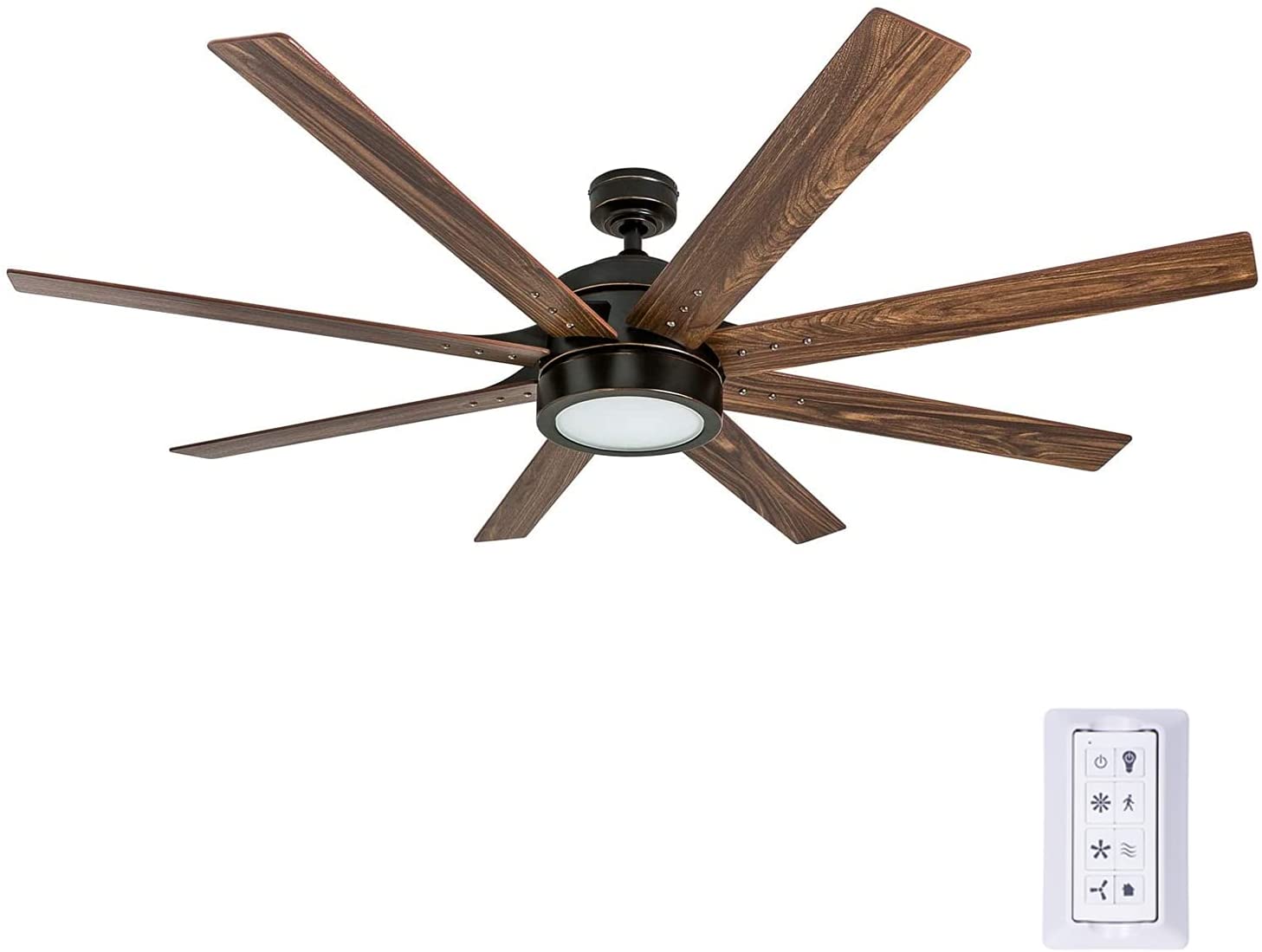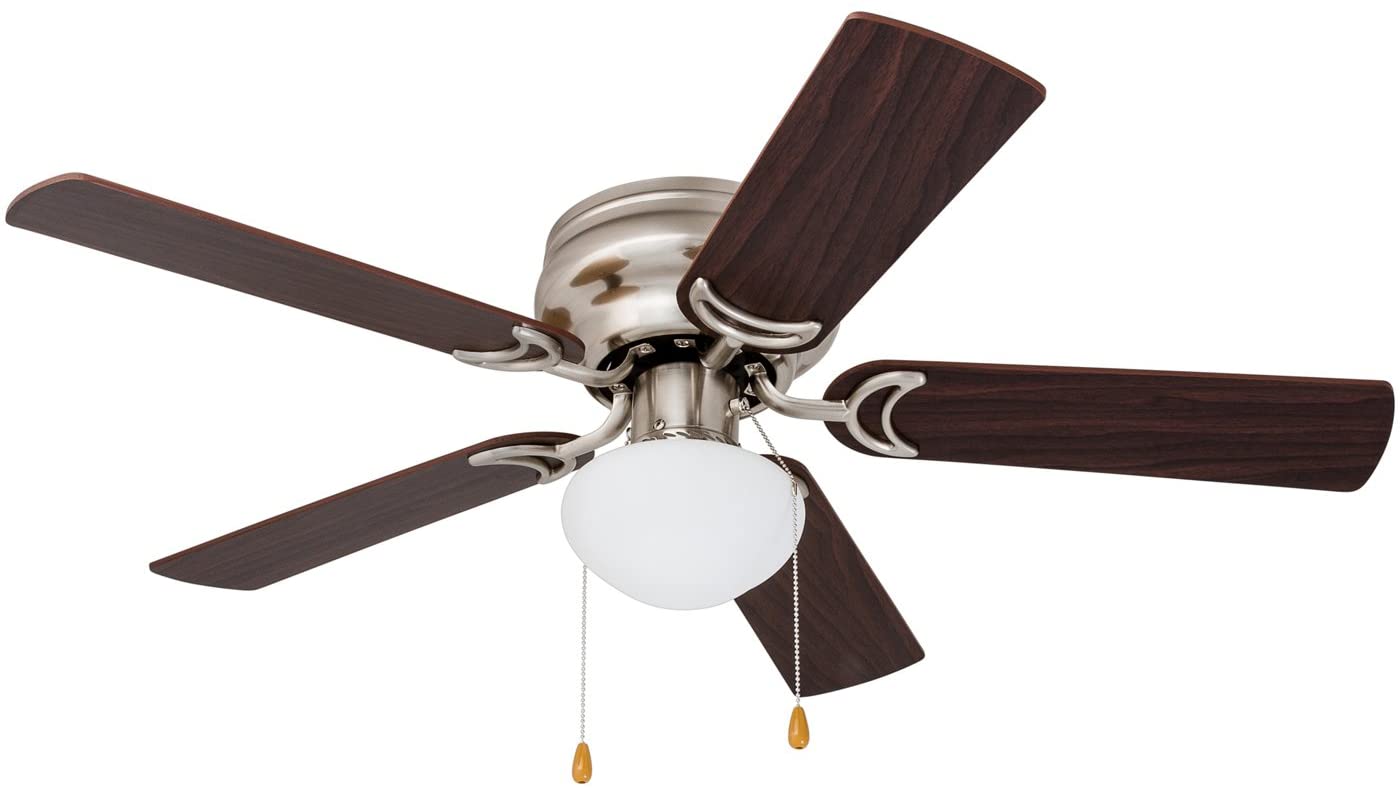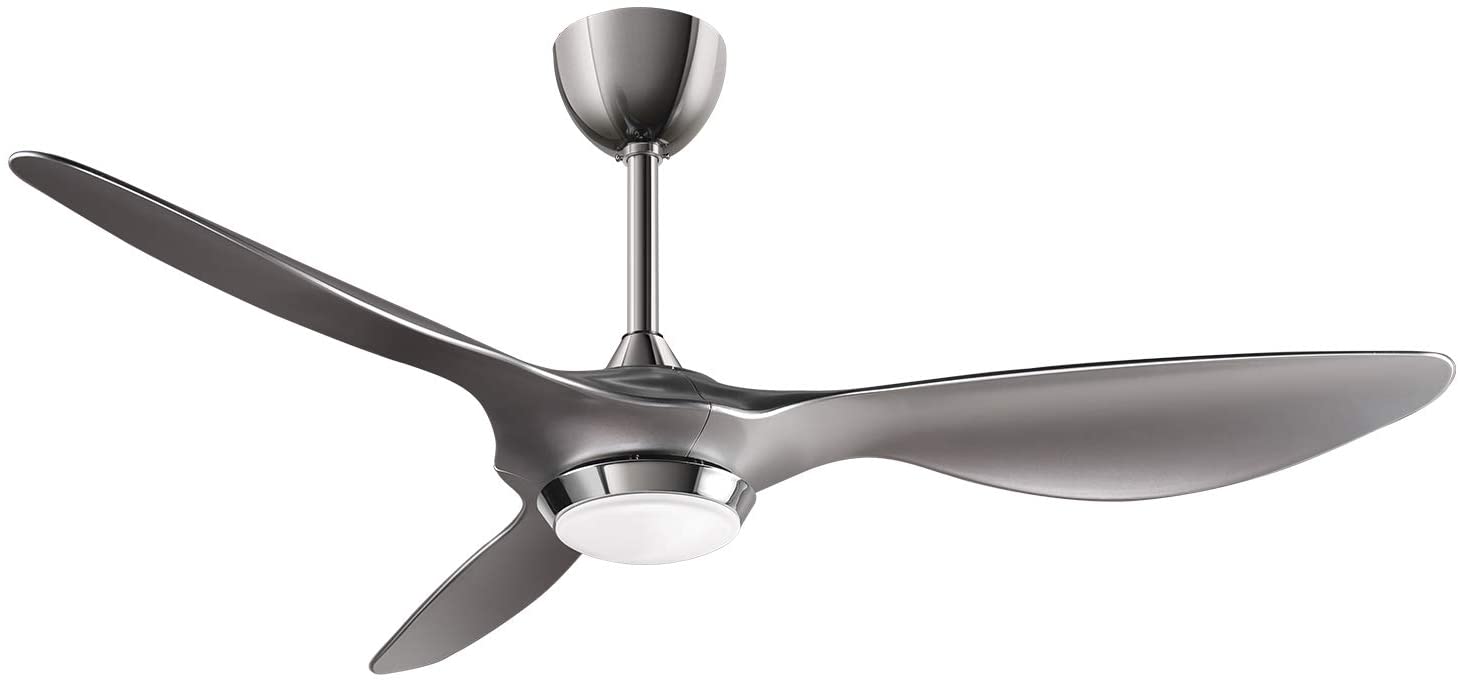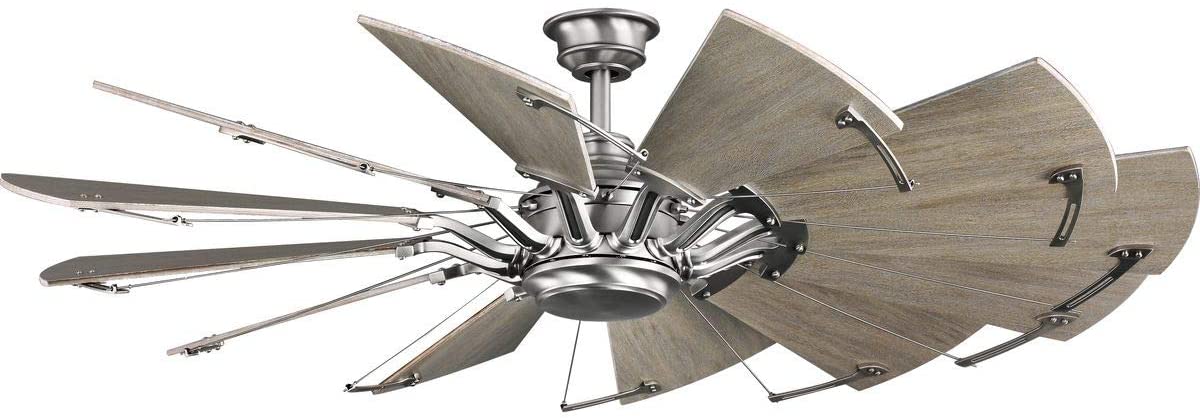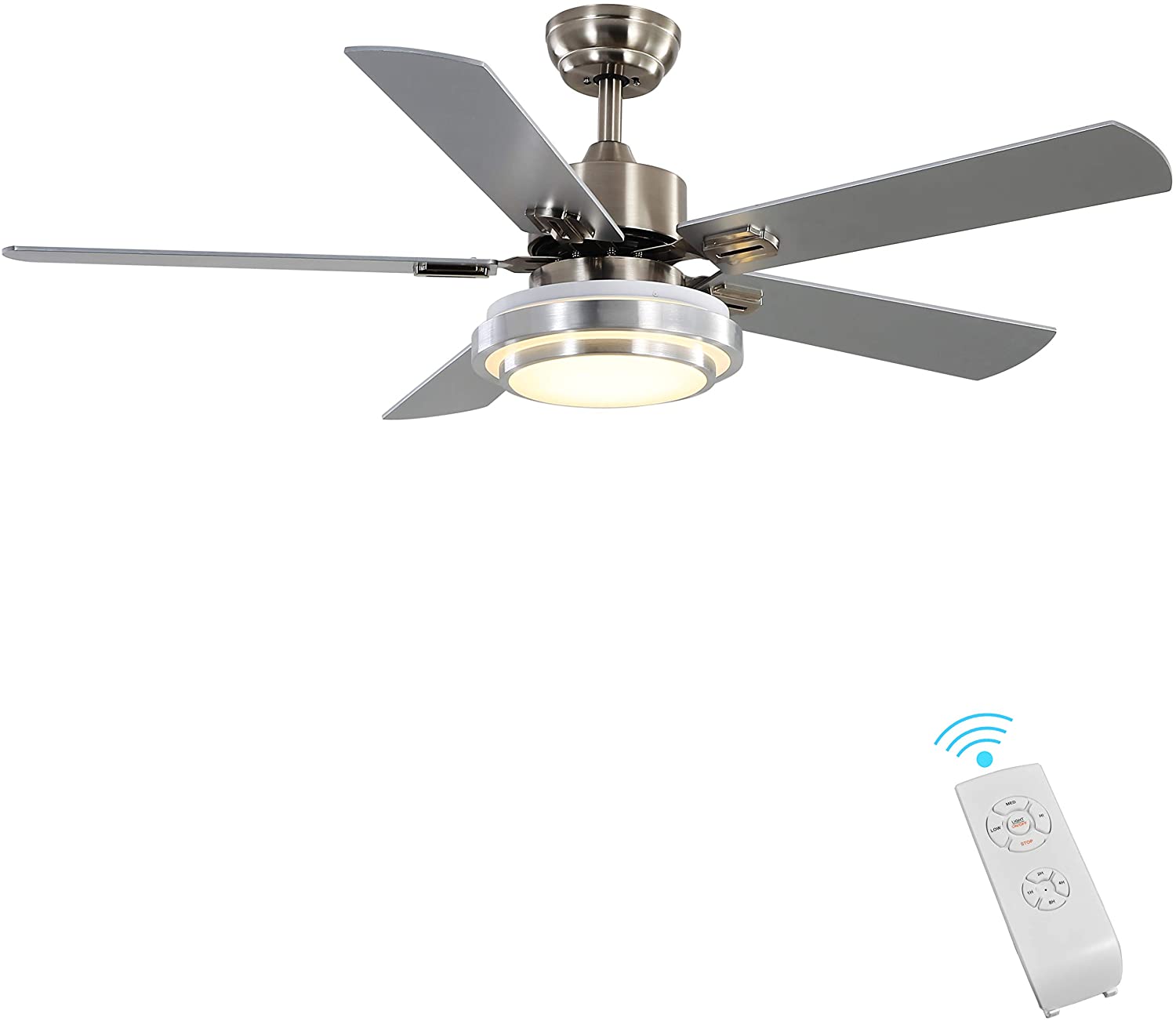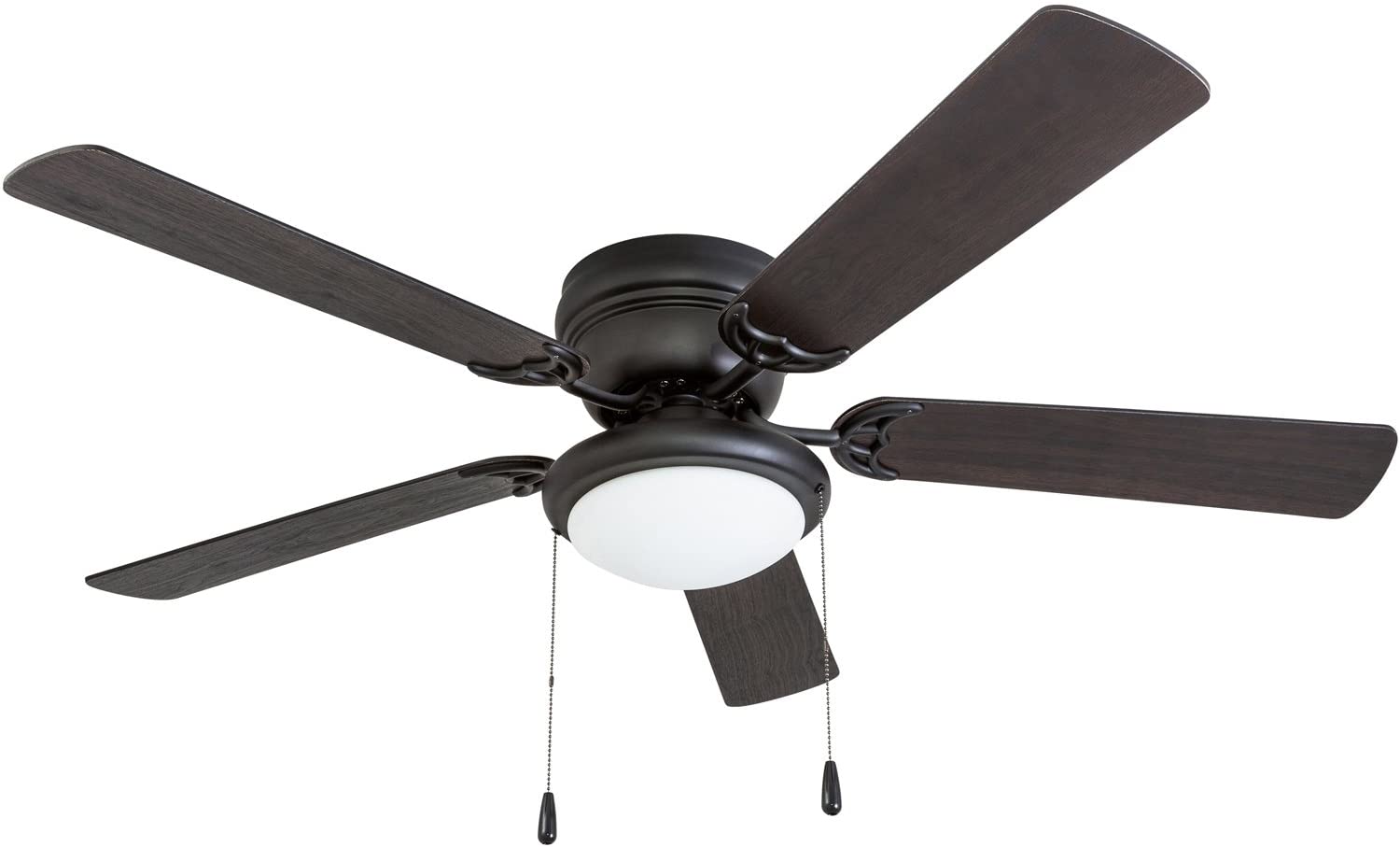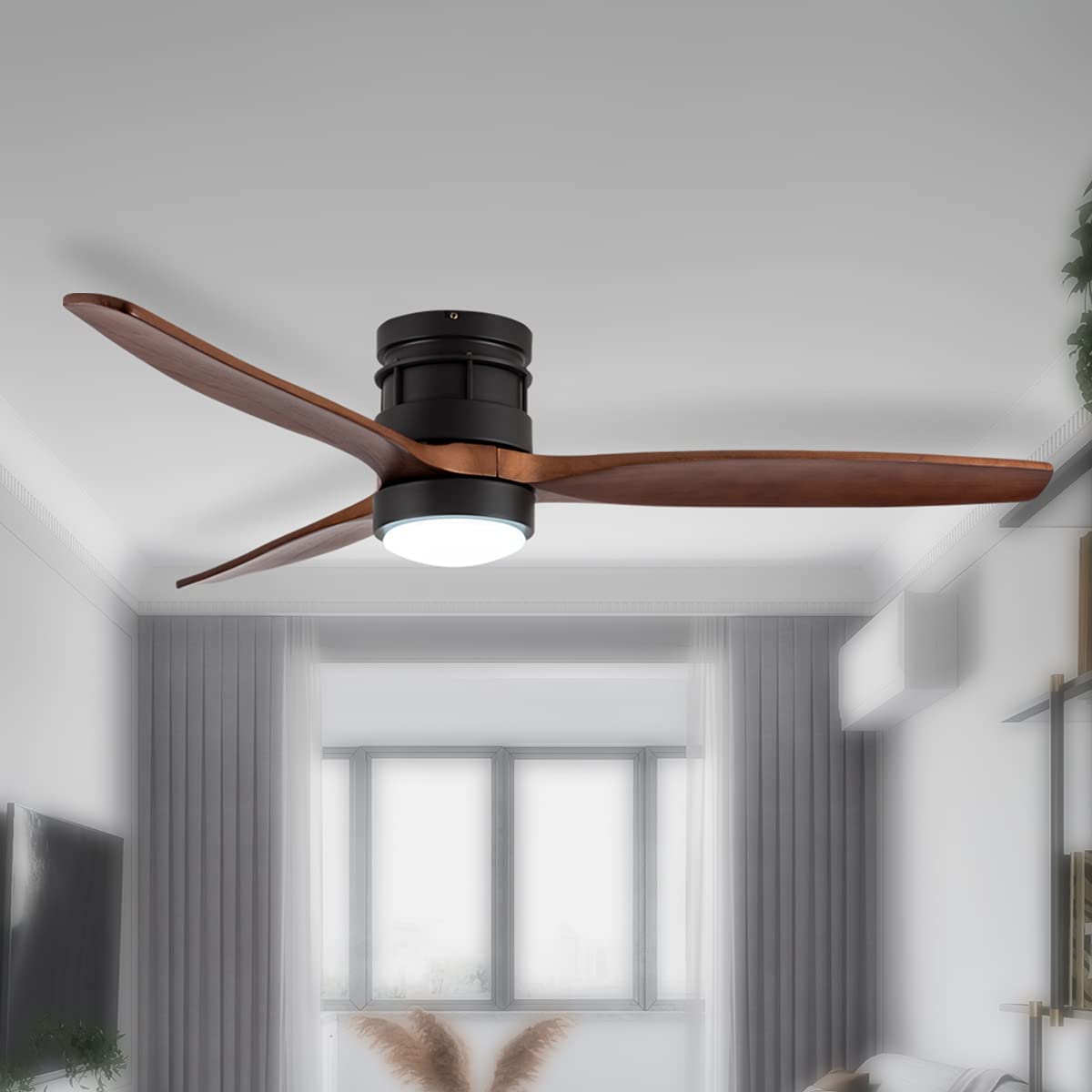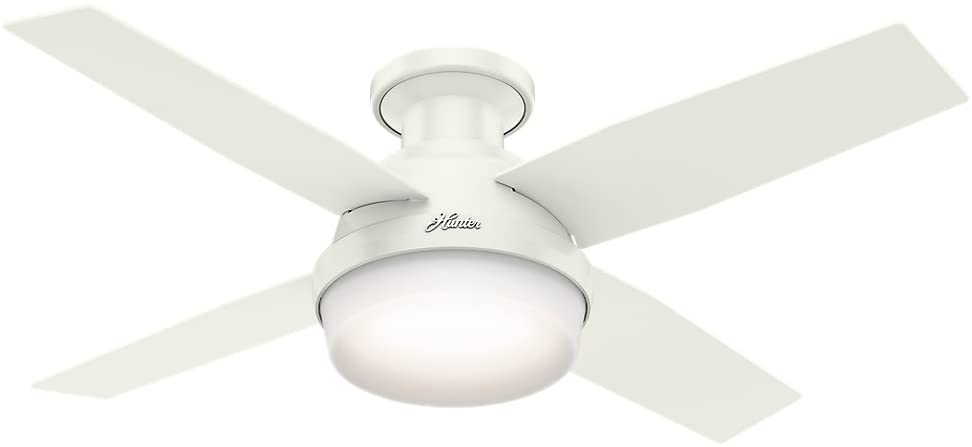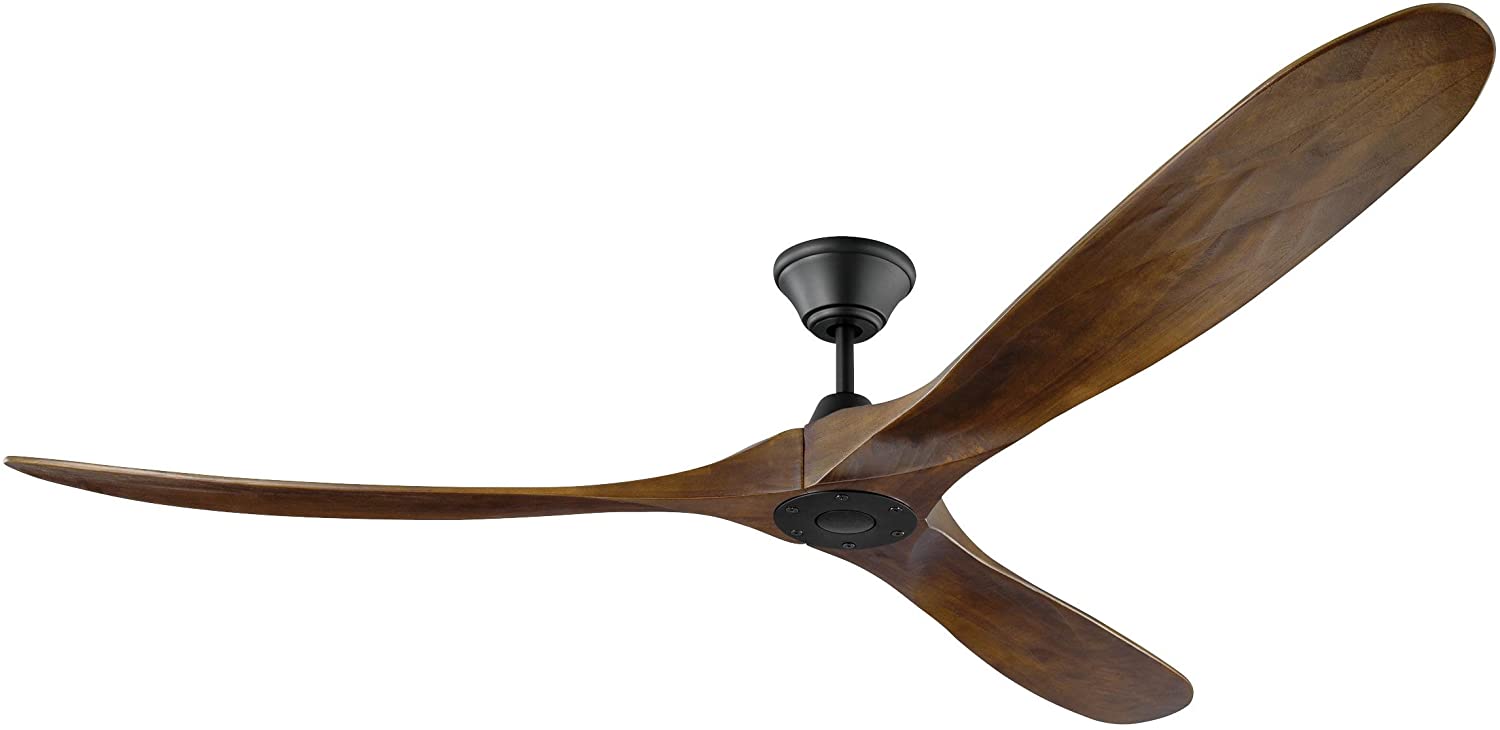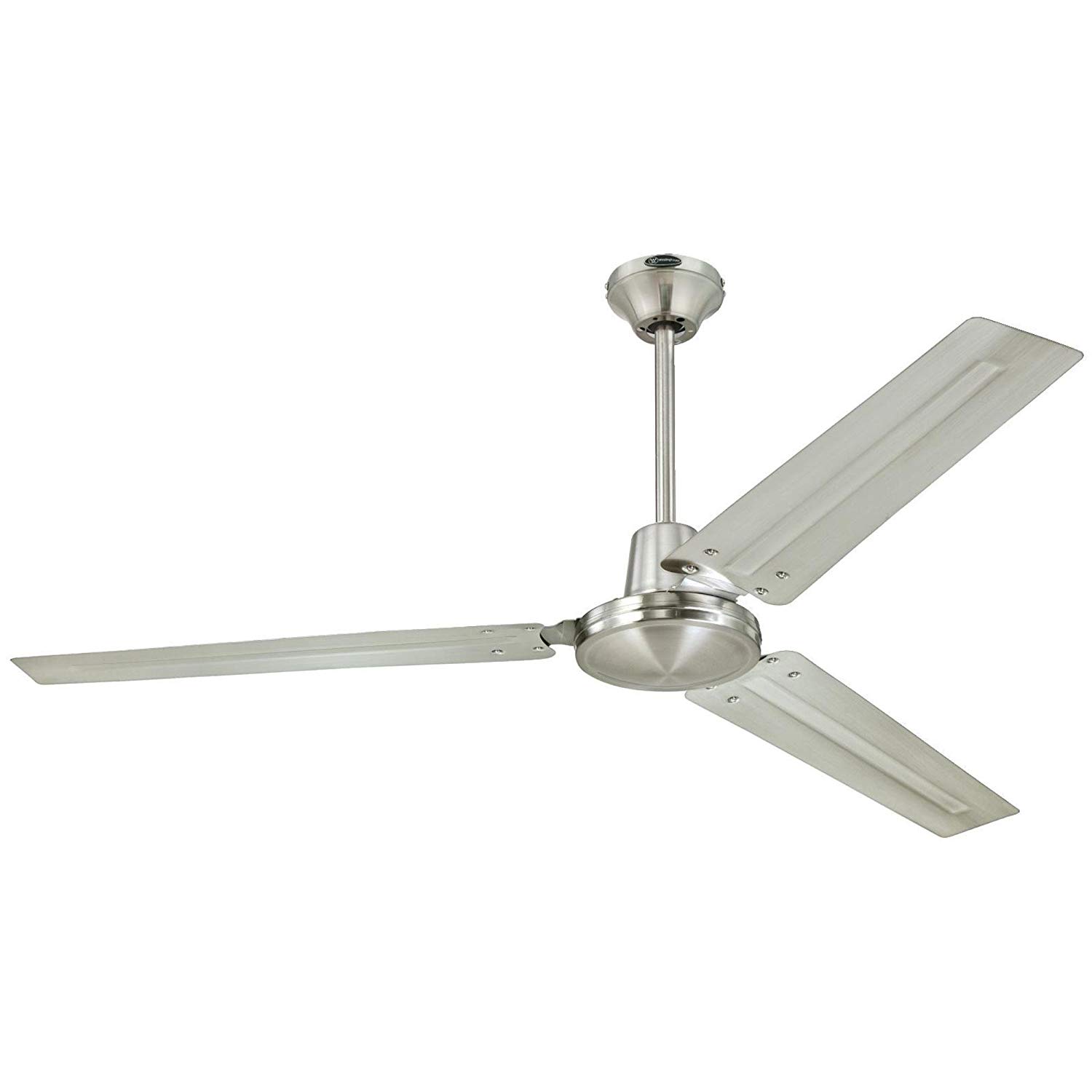Honeywell Ceiling Fans Xerxes Remote Control Ceiling Fan, 62-Inch
Last updated: July 5, 2022
The basic look of this fan is industrial, but you can modify it to suit your room thanks to the reversible blades. The installation is relatively easy even though the unit is on the larger side. This one is a great fit for big rooms that need plenty of breeze.
We looked at the top Ceiling Fans and dug through the reviews from some of the most popular review sites. Through this analysis, we've determined the best Ceiling Fan you should buy.
Product Details
Key Takeaway: The long blades and industrial look make a big impression.
In our analysis of 36 expert reviews, the Honeywell Ceiling Fans Xerxes Remote Control Ceiling Fan, 62-Inch placed 2nd when we looked at the top 10 products in the category. For the full ranking, see below.From The Manufacturer
The Honeywell Xerxes is a powerful 62-inch industrial ceiling fan that is perfect for any large indoor space. Bringing a more contemporary approach to the traditional ceiling fan, this transitional model pairs exceptionally well with many styles. The integrated lighting offers a very fluid look, while the LED board inside brings plenty of light with 1400 lumens. The frosted white glass paired with the espresso bronze finish and Dark Elm blades gives this fan a very rich and wholesome allure. The Xerxes is sure to liven up any area and leave your space in awe. The downrod is 4 inches in length and 0. 75 inches wide with an accompanying 54” lead wire should you wish to get a longer downrod. The Xerxes is easy to install and comes with 3 different mounting options – close, standard, or angled. Each blade is reversible as well as the motor housing, further enabling it to not only cool during the summer but help warm up during the winter. Each Honeywell ceiling fan is backed by a limited lifetime warranty. This fan’s size makes it the perfect match for any large area. Offering a timeless look, adequate air flow and superior quality, just like all else Honeywell, you’ll be able to rely on this fan for years to come.
